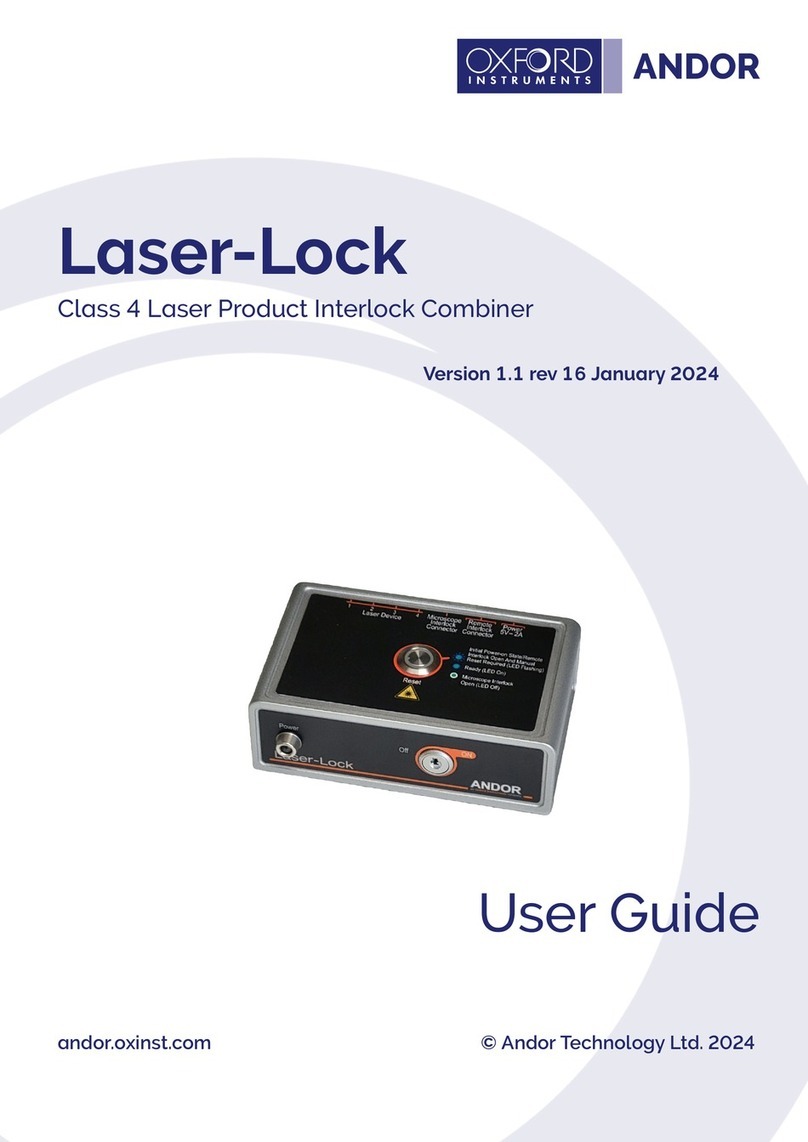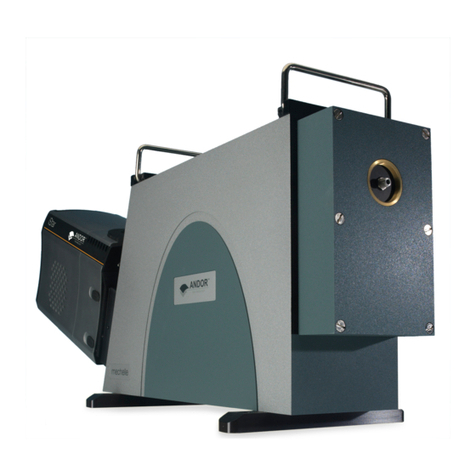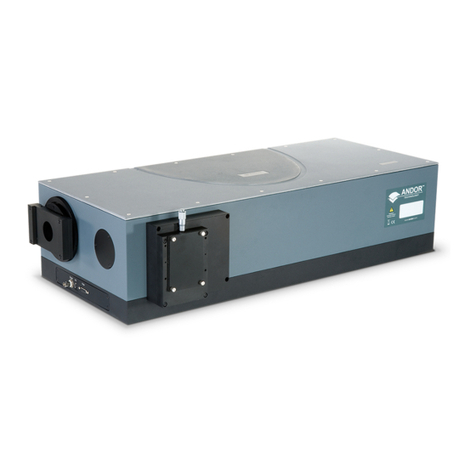17. Performance of the system may be adversely affected by rapidly changing environmental conditions or
operation outside of the operating conditions specied in SECTION 7 “TECHNICAL SPECIFICATIONS”.
18. Electromagnetic Compatibility: This is a Class A product. In a domestic environment this product may cause
electromagnetic interference, in which case the user may be required to take adequate measures.
19. This product has been designed and tested to perform successfully in a normal (basic) electromagnetic
environment, e.g. a typical life science test laboratory, as per the EU EMC Directive. It is not designed to
operate in a harsh electromagnetic environment, e.g. close to the following equipment: EMI/RFI generators,
electrostatic eld generators, electromagnetic or radioactive devices, plasma sources, arc welders, x-ray
instruments, intense pulsed sources, or other similar sources of high energy elds whose emissions are not
within the normal range expected under the EU EMC Directive.
20. The green/yellow cable (“Earth Strap”) connecting the optical breadboard to earth is necessary for this product
to protect against certain EMC disturbances and to comply with the EU EMC Directive and other international
EMC regulations. It is also a good idea to de-risk such a large piece of uninsulated metal from causing
electrocution in the event of damage to mains cables. Do not remove it.
21. Please note that this product is not designed to provide protection from ionising radiation. Any customer using
this product in such an application should provide their own protection.
22. Service must only be completed by authorised service personnel with the power turned off as internal moving
parts are not interlocked and should be considered potential pinch points.
23. This product is a precision scientic instrument containing fragile components. Always handle it with care.
24. Ensure bre cables are not bent tightly as this may damage the internal optical bre. For transport or storage,
bre cables should be coiled with a diameter of 300 mm or greater.
25. Do not wet or spill liquids on the product, and do not store or place liquids on the product.
26. If spillage occurs on the product, switch off power immediately, and wipe off with a dry, lint-free cloth.
27. If any ingress of liquids has occurred or is suspected, unplug the mains cables, do not use, and contact Andor
customer support.
28. Do not expose the product to extreme hot or cold temperatures.
29. Do not expose the product to open ames.
30. Do not allow objects to fall on the product.
31. See SECTION 5.1, “Cleaning and Decontamination”.






























